I followed the mic + op-Amp part of this schematic exactly using an Lm386 chip: https://randomskk.net/projects/lightstrip/schematic.pdf
and sent the output from the op-amp into a pin on an Arduino Pro Mini. BUT, when do an analogRead(pin) and print the value in the serial monitor, the value seems to level out to some constant, no matter how much noise I make into the mic!
Can someone tell me what I could be doing wrong?
As extra information:
I left out the capacitor on pin 7 of the IC that is shown in the schematic.
And the power supply I'm using is my old phone charger that plugs into the wall and outputs 5.9V DC.
I am trying to make this:
http://www.youtube.com/watch?v=Km6ObG_xKm4
Also, how do you tell the anode and cathode on an electret microphone?
Thanks!

